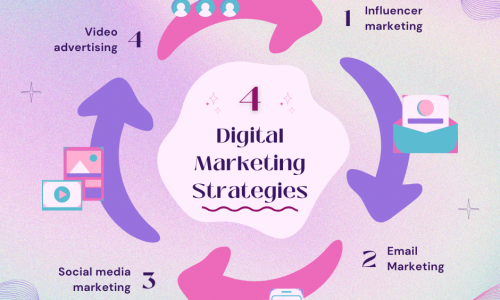SEO Campaign Checklist for Beginners: Your Step-by-Step Guide to Ranking Higher

New to SEO? Use this beginner-friendly SEO campaign checklist to set up your site for higher Google rankings. Simple, actionable, and effective.
Introduction
Starting your first SEO campaign can feel overwhelming. Algorithms, backlinks, keywords — where do you even begin?
This checklist breaks it all down into simple, actionable steps to help beginners set up and run a successful SEO campaign. Whether you’re running your own website or launching one for a client, this guide will get you on the right track.
1. Define Your SEO Goals
Before you start optimizing, you need a clear direction.
- Increase organic traffic?
- Rank for specific keywords?
- Boost local visibility?
- Improve conversions from search traffic?
📌 Pro Tip: Make your SEO goals measurable. For example: “Increase organic traffic by 20% in 3 months.”
2. Conduct Keyword Research
Find the search terms your audience is using. Focus on:
- Primary Keywords (e.g. “vegan skincare products”)
- Long-Tail Keywords (e.g. “best vegan skincare for dry skin”)
- LSI Keywords (related terms to enhance content)
🛠 Tools: Google Keyword Planner, Ahrefs, SEMrush, Ubersuggest
3. Audit Your Website
Run a technical SEO audit to spot issues like:
- Slow page speed
- Broken links (404 errors)
- Missing alt text
- Mobile responsiveness
- Duplicate content
🛠 Tools: Screaming Frog, Sitebulb, Ahrefs Site Audit, Google Search Console

4. On-Page Optimization
Optimize individual pages for both users and search engines:
- Use keywords in title tags, meta descriptions, and headers (H1–H3)
- Keep URLs short and readable
- Use internal linking to connect related pages
- Add relevant alt text to all images
- Optimize for featured snippets if possible
📌 Tip: Don’t keyword-stuff — write for humans first.
5. Create High-Quality, Valuable Content
Content is still king.
- Target user intent (informational, commercial, transactional)
- Use clear structure (intro, subheadings, bullet points)
- Add media (images, videos, infographics)
- Refresh old content regularly
🛠 Tools: Grammarly, Surfer SEO, Clearscope
6. Improve Site Speed & Mobile Experience
Google uses Core Web Vitals as a ranking factor.
- Compress images and use next-gen formats (WebP)
- Minify CSS, JS
- Enable browser caching
- Make sure your site is mobile-friendly
🛠 Tools: Google PageSpeed Insights, GTmetrix, Lighthouse
7. Build Backlinks (Ethically)
Google views backlinks as “votes of confidence.”
- Reach out to bloggers and publishers
- Get listed in relevant directories
- Use guest posting
- Create shareable content (stats, infographics, tools)
🛠 Tools: Ahrefs, BuzzSumo, Hunter.io
8. Set Up Tracking & Analytics
What gets measured gets improved.
- Google Analytics: Track sessions, bounce rate, conversions
- Google Search Console: Monitor impressions, CTR, indexing issues
- Rank Tracking Tools: Monitor your keyword rankings
9. Local SEO (If Applicable)
For local businesses:
- Claim and optimize your Google Business Profile
- Build local citations (Yelp, Foursquare, YellowPages)
- Get customer reviews with keywords
- Use schema markup for local business
10. Monitor, Test, and Improve
SEO isn’t a one-time task. It’s ongoing.
- Track changes in traffic and rankings weekly or monthly
- Run A/B tests on CTAs and meta descriptions
- Keep up with Google algorithm updates
📥 Download the Free On-Page SEO Checklist
Make implementation easy with our FREE downloadable checklist:
👉 Download Now
📩 Need Help With Your SEO Campaign?
Let us help you build an SEO strategy that works.
✅ Free SEO audit
✅ Transparent reporting
✅ White-hat methods only
👉 Contact Us Today or Fill Out the Form Below
Final Thoughts
This checklist gives beginners a roadmap to start and manage an effective SEO campaign. It’s not about doing everything at once — it’s about consistency, clarity, and continuous improvement.






Most of the themes required tons of plugins to make the site looking like the demos. But not and this theme. The developer makes this theme working only with 4-5 necessary plugins. The other big advantage is that regular updates keep compatibility with all plugins.